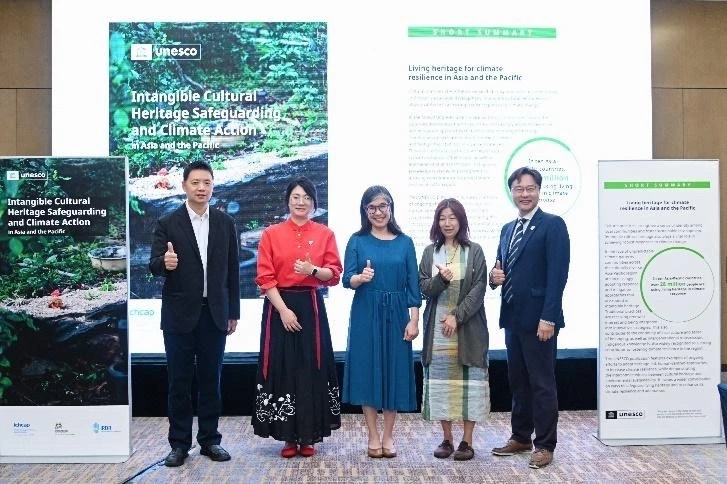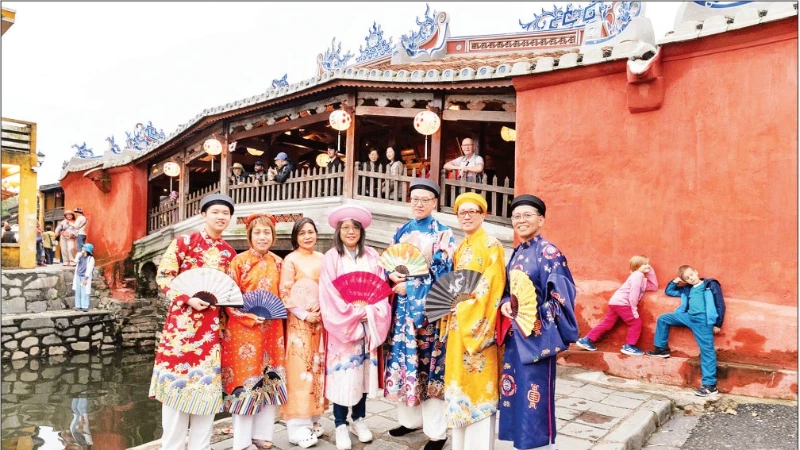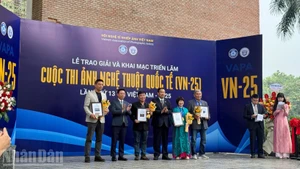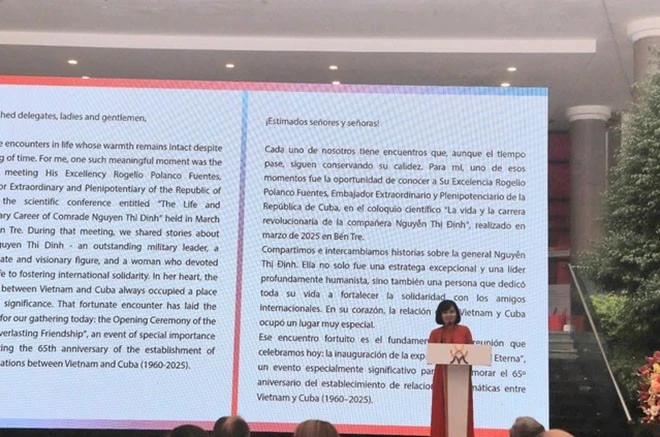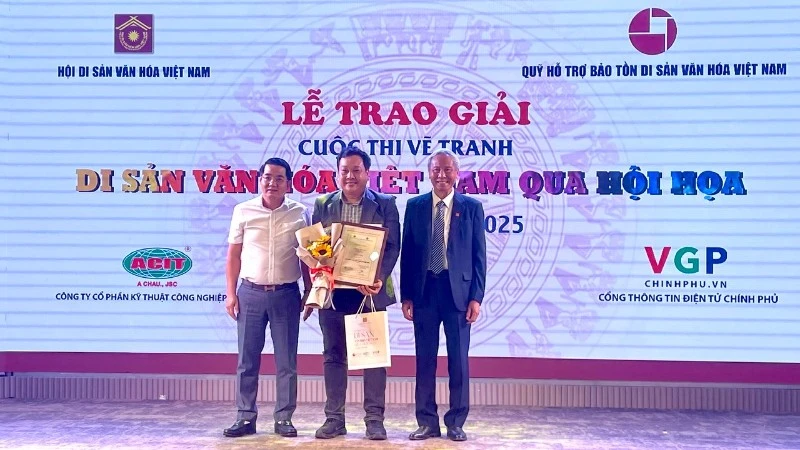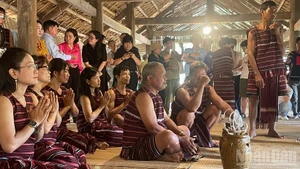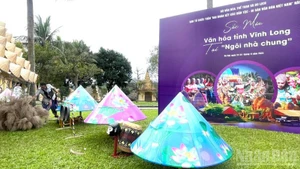The study, titled “Exploring the Heritage Value of Indigenous Knowledge in the Sustainable Use and Management of Forest Resources by the Ha Nhi People in Lao Cai Province, Viet Nam, in the Context of Climate Change,” was led by Dr. Luu Dam Ngoc Anh from the Viet Nam Museum of Nature. The research was recently featured in UNESCO’s latest publication “Safeguarding Intangible Cultural Heritage and Climate Action in the Asia–Pacific Region.”
According to UNESCO, in the context of increasingly severe global climate fluctuations causing widespread damage, many communities have revisited and relied upon their traditional knowledge and heritage practices as a means to respond to and mitigate natural disasters. This approach not only contributes to the preservation of indigenous cultures and their intergenerational transmission but also demonstrates the intrinsic link between heritage conservation and environmental protection. Indigenous knowledge has been internationally recognised as an effective tool for enhancing climate resilience.
The research by Dr. Luu Dam Ngoc Anh and her team on the Ha Nhi people in Lao Cai highlights the enduring value of indigenous knowledge passed down through generations within communities. It reveals the interaction between cultural heritage, ecological wisdom, and contemporary environmental challenges. This body of knowledge has enabled communities to overcome challenges for centuries and continues to prove effective in modern contexts, reaffirming the vital role of traditional ecological knowledge in sustainable natural resource management.
The study received funding support from the “Research Support Programme for Young Scientists” of the Viet Nam Academy of Science and Technology. The research team conducted field investigations in Y Ty Commune, Bat Xat District, Lao Cai Province (former), focusing on the Ha Nhi Den (Black Ha Nhi) community’s knowledge of forest resource use and management. There, the Ha Nhi people have maintained high forest coverage and protected areas of primary forest partly through their customary laws, beliefs, and valuable ethnobotanical knowledge. They classify forests into multiple categories according to their purposes, with sacred forests playing a crucial role in regulating water sources, preventing soil erosion, and preserving biodiversity. These forests are strictly protected through village customary laws combined with State regulations on forest management and use.
This indigenous knowledge reflects the close bond between humans and nature and demonstrates that intangible cultural heritage can serve as a practical solution for climate change adaptation. As a result, the Ha Nhi community has significantly reduced the impacts of extreme phenomena such as flash floods and landslides while conserving headwater forests and water sources that regulate the local climate.
The research was selected for publication by UNESCO for its uniqueness and interdisciplinary approach, combining botany and anthropology, to elucidate how heritage functions both as a spiritual resource and as a material foundation that enhances community resilience against climate change impacts.
Its appearance in UNESCO’s international publication not only affirms the academic reputation of the Viet Nam Academy of Science and Technology but also underscores the importance of multidisciplinary scientific research in linking heritage with climate action. It helps shape sustainable development strategies that harmonise the preservation of traditional knowledge, environmental protection, and long-term development.
